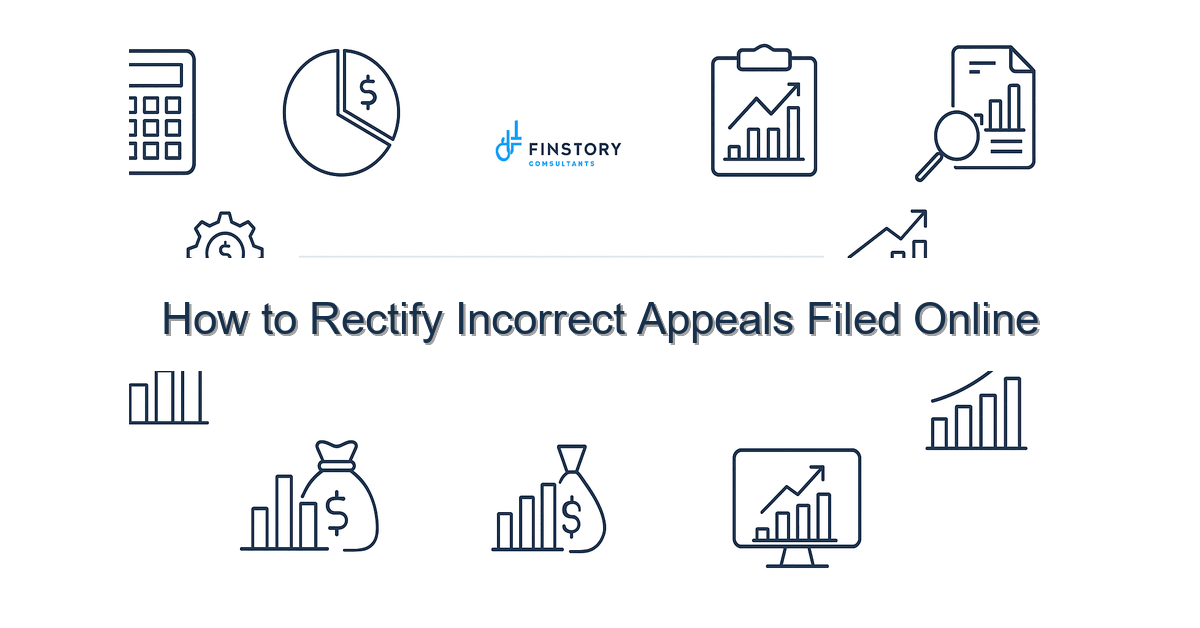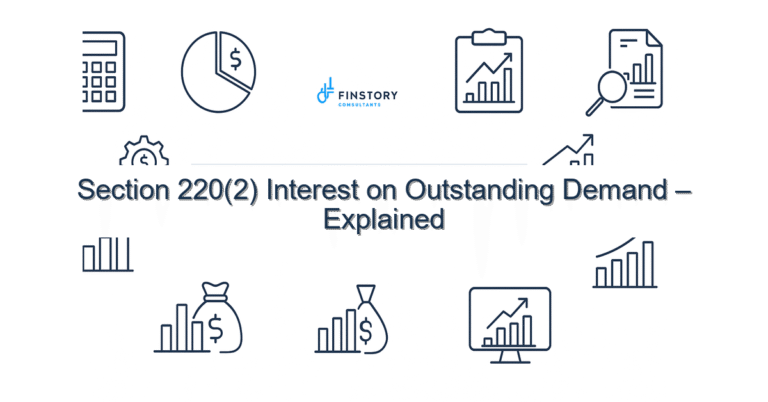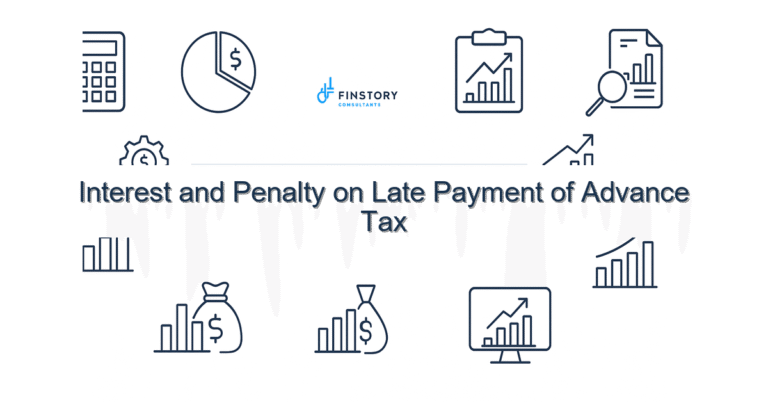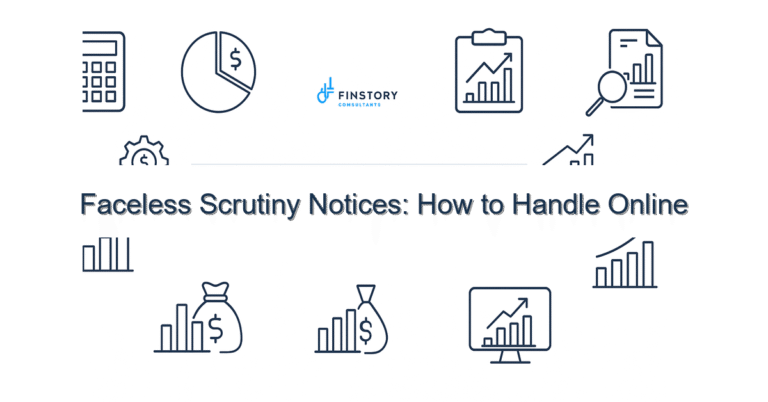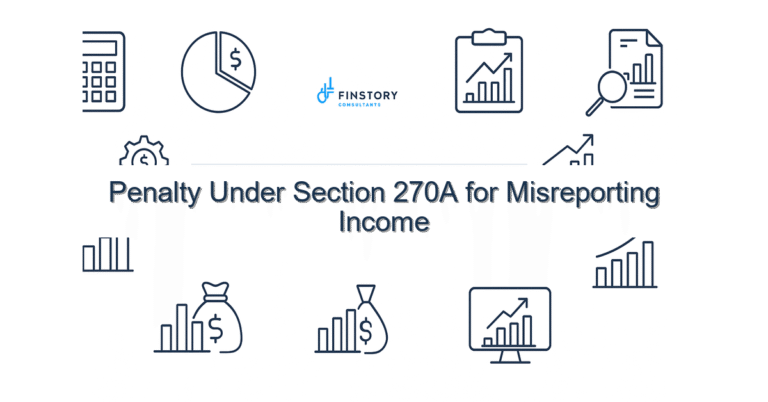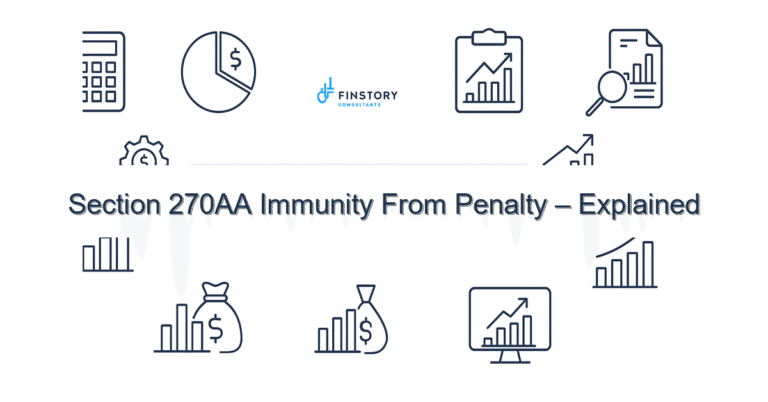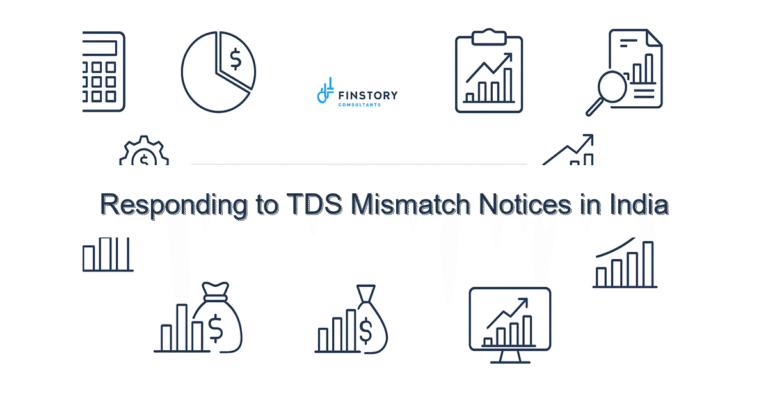How to Rectify Incorrect Appeals Filed Online
It happens: you rush to meet deadlines and discover you filed the wrong appeal online — wrong grounds, wrong AO, or even the wrong assessment year. That sinking feeling is familiar to many salaried employees, professionals, founders and MSMEs in India.
Summary: If you’ve submitted an incorrect appeal on the income tax portal, act fast: verify the mistake, use the e-appeals/e-filing options to withdraw or amend where possible, consider Section 154 rectification or condonation applications for delays, and get professional help to refile correctly. This reduces risk of rejection, penalties and prolonged litigation.
What’s the real problem in India?
Appeals against assessments, penalty orders or TDS disputes must follow strict technical and timeline rules in India. Confusion over AY/PY (Assessment Year / Previous Year), CBDT timelines, proper forms and the ever-evolving e-filing and e-appeals portals leaves many taxpayers filing incorrect appeals or incomplete submissions online.
- Symptom 1: You filed the appeal for the wrong AY or entered incorrect grounds.
- Symptom 2: The appeal was lodged against the wrong assessing officer (AO) or authority (CIT(A) vs ITAT).
- Symptom 3: Missing attachments (orders, proof) or mismatched PAN/Bank details on the portal.
- Symptom 4: Time limit issues — appeals filed late without condonation orders.
What people get wrong
Common pitfalls include assuming any online submission can be edited later, not saving acknowledgement receipts, and failing to check AIS/26AS and TDS/TCS records before appealing. Other errors are using incorrect grounds (procedural vs merits), not applying for withdrawal when needed, or confusing rectification under Section 154 with an appellate correction. Missing the ITR filing last date or confusing relief sought (refund vs reassessment) can make matters worse.
A better approach
Instead of panic-filing, use a short, deliberate framework to fix the situation.
- Pause and gather: Don’t file new documents. Download the appeal acknowledgement, order copy, and AIS/26AS entries to confirm the error.
- Diagnose the error type: Is it clerical (typo, wrong PAN), procedural (wrong forum), or substantive (wrong grounds)?
- Use the right online remedy: Withdraw or amend on e-appeals if available; otherwise file a rectification under Section 154 for mistakes apparent from record, or a condonation application for late appeals.
- Document and communicate: File the withdrawal/amendment request in writing on the portal and follow up with the jurisdictional AO/CIT(A). Keep receipts and emails.
- Refill carefully: Once corrected, refile the appeal with correct grounds, attachments and payment. Consider professional review before submission.
Real-world example: A founder misfiled an appeal for AY 2020-21 instead of AY 2019-20. By acting within 10 days, withdrawing the incorrect online appeal and refiling with a condonation request for a 7-day delay, the appeal was admitted and the matter was resolved at CIT(A) level — saving an estimated Rs. 1.2 lakh in contested taxes and interest.
Quick implementation checklist
- Download the appeal acknowledgement and the original assessment/penalty order immediately.
- Check AIS/26AS and TDS/TCS entries to confirm amounts and PAN matching.
- Identify the error: clerical, procedural or substantive.
- Look for ‘Withdraw’ or ‘Amend’ options on the e-appeals/e-filing portal and submit if available.
- If withdraw/amend not available, draft a written withdrawal request and send through registered e-mails and portal messages.
- For clerical mistakes, consider filing a Section 154 rectification application with CPC/e-portal.
- If outside time limits, prepare a condonation of delay application with reasons and supporting proof.
- Keep evidence of all submissions: screenshots, SRNs, emails and payment receipts.
- Engage a tax professional to review and refile the corrected appeal.
- Track status weekly on the portal and follow up with AO/CIT(A) as needed.
What success looks like
- Higher acceptance rate of appeals at CIT(A) or ITAT due to correct form and supporting documents.
- Fewer notices or adjournments — faster resolution of disputes.
- Lower interest and penalty exposure thanks to timely corrections and condensed hearings.
- Cleaner records for future assessments (accurate entries in AIS/26AS and ITRs).
- Reduced rework cost — both legal fees and management time.
Risks & how to manage them
Risk: Missing time limits for appeal or rectification. Mitigation: File a condonation application and preserve proof why delay occurred (medical, travel, technical outage).
Risk: Wrong remedy chosen (e.g., filing Section 154 when appeal was required). Mitigation: Consult a tax expert quickly — this avoids procedural dismissal or preclusion.
Risk: Portal glitches or mismatched PAN details. Mitigation: Use screenshots, SRNs and registered communications; follow up with CPC or jurisdictional office.
Tools & data
Use these India-specific tools and records before and after any appeal action:
- AIS/26AS to verify TDS/TCS and payments.
- Income-tax e-filing portal and e-appeals portal for submissions, SRNs and status tracking.
- TRACES for TDS statements and corrections.
- Bank statements, Form 16, audited accounts and proof for claims like capital gains indexation or Section 80C limit investments.
- Notes on ITR filing last date, new vs old regime slabs and other personal tax specifics to ensure appeals reflect the correct regime and relief sought.
FAQs
Q: Can I withdraw an appeal filed online?
A: Yes — many e-appeals portals have withdrawal or amendment options. If not, submit a written withdrawal request on the portal and follow up with the jurisdictional office. Keep all acknowledgements.
Q: What if I filed for the wrong AY or wrong AO?
A: Act quickly. Withdraw the incorrect appeal if possible and refile for the correct AY/AO. If timelines were missed, file a condonation of delay with supporting reasons.
Q: Is Section 154 rectification the same as an appeal?
A: No. A Section 154 rectification corrects ‘mistakes apparent from record’ (clerical errors). Substantive disagreements with an order generally require an appeal to CIT(A) or ITAT.
Q: How do TDS/TCS and AIS/26AS affect appeals?
A: Mismatches in AIS/26AS or TDS/TCS records can cause disputes. Reconcile these before appealing — many disputes are resolved by correcting TDS credits or updating returns.
Next steps
If you think an incorrect appeal is already in the system, don’t delay. Quick diagnosis and the right remedy can prevent lost rights and extra costs. We review your portal SRN, AIS/26AS, assessment order and draft the right withdrawal, rectification or condonation application for you.
Work with Finstory. Speak with an Expert for a personalised plan to reduce your tax outgo and stay compliant. Book a free 20-min consultation.
📞 Need help with Income Tax in India?
Book a 20-min consultation with our tax team. Individuals, founders & MSMEs welcome.
Prefer email or phone? Write to info@finstory.net
or call +91 44-45811170.
